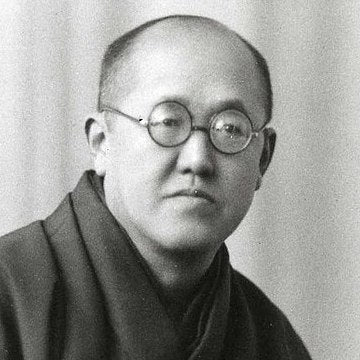
Engelbert Kaempfer
Engelbert Kaempfer was born on September 16, 1651 in Lemgo, Germany. He was a versatile scholar who made a name for himself as a physician, botanist, traveler and writer. Kaempfer is best known for his travels to Persia, India, Southeast Asia and Japan in the late 17th century. His detailed reports and observations on the cultures and nature of these regions made him one of the most important explorers of his time.
Kaempfer began his academic career at the University of Danzig and continued his studies at the University of Königsberg, where he specialized in medicine and natural sciences. In 1683 he entered the service of the Swedish embassy in Persia, which gave him the opportunity to travel around the Middle East and carry out valuable botanical and ethnographic studies.
After his return to Europe, Kaempfer published his observations in the work "Amoenitates Exoticae" (1712), which contains a wealth of information on the flora and fauna of the countries he visited. Particularly noteworthy is his description of the ginkgo tree, which was largely unknown in Europe at the time. Kaempfer's work contributed significantly to the introduction of the ginkgo into Western botany.
His most famous trip took him to Japan, where he lived on the island of Dejima from 1690 to 1692 as a doctor for the Dutch East India Company. During his stay in Japan, Kaempfer collected extensive information about Japanese culture, politics and society. He published these observations posthumously in his work "The History of Japan", which is still considered one of the most important Western sources on Japan in the Edo period.
Interesting fact: Engelbert Kaempfer was one of the first Europeans to describe the ginkgo tree and recognize its medicinal properties. He called it "Ginkgo", a name that is still used today. Important works of art & pictures by Engelbert Kaempfer: 1. "Amoenitates Exoticae" (1712)2. "The History of Japan" (published posthumously in 1727)
3. "Icones Selectae Plantarum" (unpublished manuscript)
4. "Description of the Island of Ceylon" (unpublished manuscript)
5. "Description of the City of Isfahan" (unpublished manuscript)
6. "Description of the City of Batavia" (unpublished manuscript)
7. "Description of the City of Suratte" (unpublished manuscript)
8. "Description of the City of Goa" (unpublished manuscript)
9. "Description of the City of Banten" (unpublished manuscript)
10. "Description of the City of Nagasaki" (unpublished manuscript)








